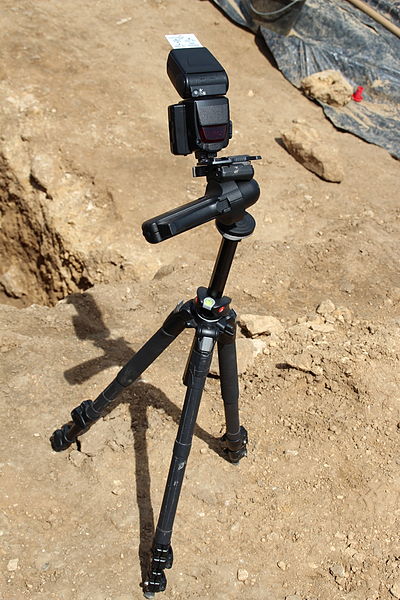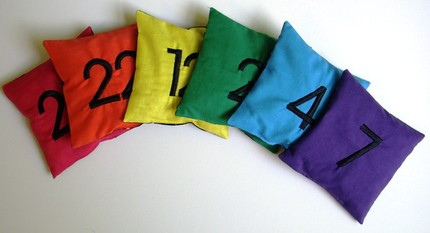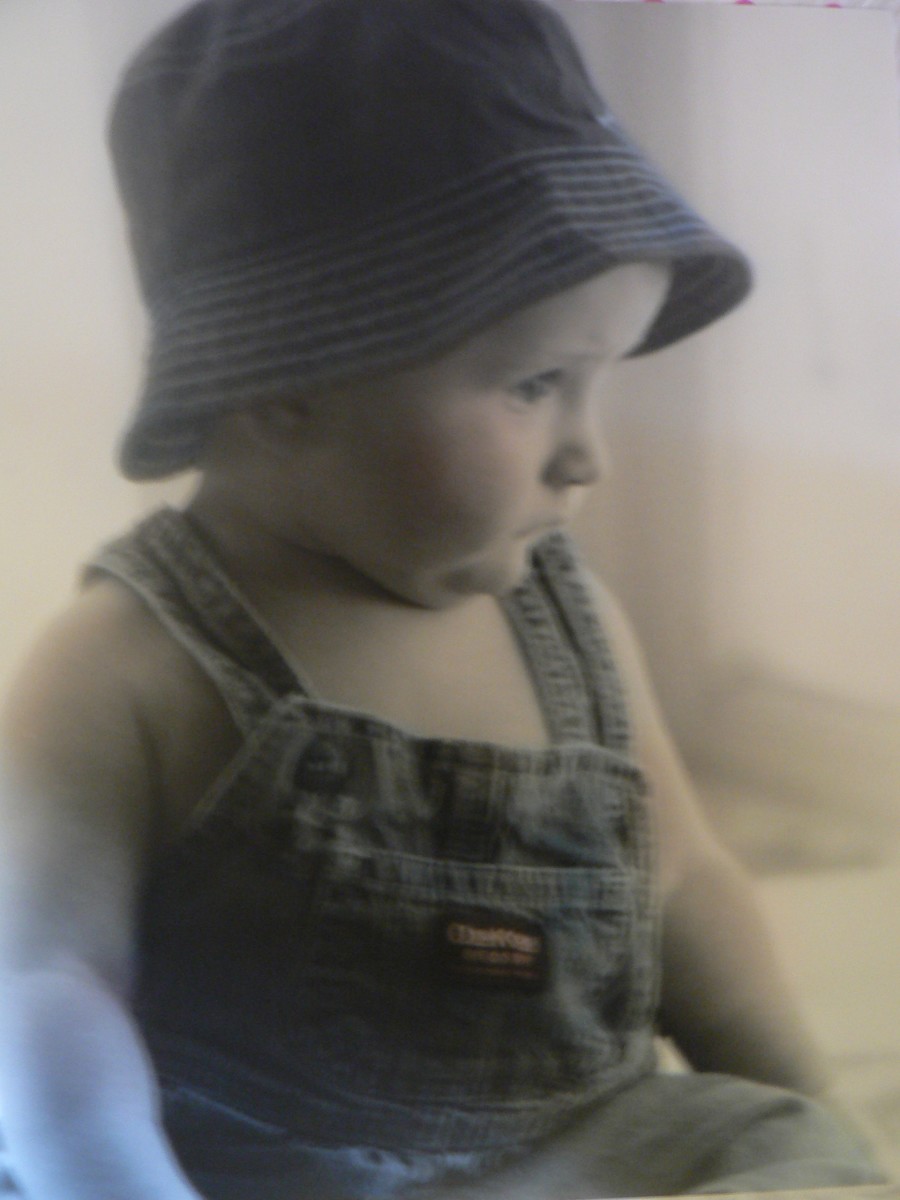Photography Tripods - Camera Support Systems

Photography Tripods
Most photographers will need tripods for photography, however, a tripod is not the only means to support a camera and lens combination.
The photographic tripod is one of the most useful accessories that you can have if your intention is to be serious about photography. There are several types and several materials from which they are constructed.
Most tripods have three legs, hence the name tripod ( three legs). Most are made from aluminum, although recently several have been made out of carbon fibers due to this material's light weight and sturdiness.
When buying your tripod, choose a model that will allow you flexibility. The best models allow you to move the legs independently, remove the center column to lower it to the ground, have a movable or rotating head to allow for quick movement, and have options for the legs or base for gripping surfaces.
For photography the model to choose is one designed specifically to be used in photography, mostly referred to as SLR Tripods. There are three main types. Table top, which are small models meant to be used on top of tables and to be used to photograph small items, and usually in the studio. Ebay sellers swear by them.
Standard models are what their name suggest the average. They are meant to support most SLR or DSLR and the lens. They are light weight yet sturdy, the legs expand independently and are coated in water/rust resistant paint. The base offers rubber feet for use on slippery surfaces,and spikes for ground use.
Studio based. These are heavier and sturdier than standard models because they are meant to support the weight of studio cameras (larger format) and the lens. Most have four legs that are much thicker than those found in standard models.
Tripod head. Two main types are commonly used. The ball & socket is the most versatile since it allows a rapid movement with little effort. These are expensive( around $300) but are very durable and will prove themselves over the long run. Choose a size that is meant for the combined weight of the camera plus the lens. Pan & Tilt models, are the average but movement is limited to up and down, without having to re-position it. They are not that expensive ( around $40.00) but offers a good alternative to the ball & socket models.
Regardless of which tripod head you choose, pick one that has a quick release plate, this is the metal plate that attaches to the camera. If possible get a tripod that also has a level. This is useful when shooting in a flat surface and you want to make sure that the tripod is level with the subject and for ensuring that the horizon is level for the shot in landscape photography.
Look for models that use hinged locks for the leg sections rather than concentric rings. The latter can get stuck due to dirt and moisture. Hinged locks can be cleaned and lubricated easier. Be cautions with how far you extend your tripod when in use, remember that the higher the less stable.
Other supports. Monopods are tripods minus the tri..they are composed of only one leg and are very useful if your camera plus the lens combination is not overly heavy and most can be extended if needed. Bean bags, yes a bag full of beans, which beans? Really doesn't matter. Mostly used to lay flat on the ground onto which you rest the camera. They are also quite adept to use on the window ledge of your car.
The size is up to you and your preferences. A three gallon size is more than enough for most applications. Glass suction cups. Suction cups that are used to stick to non-porous surfaces to which you attach the camera/lens combination. I have never gotten used to trust one of these but some photographers prefer them on difficult situations where using a tripod or monopod is not feasible.
If your plans include nature photography, then you should also consider painting your tripod or monopod in some sort of non reflective coating such as camouflage paint to noticeably lessen its presence in the field.

- Five of the best tripods for under $450: Digital Photography Review
Digital Photography Review: All the latest digital camera reviews and digital imaging news. Lively discussion forums. Vast samples galleries and the largest database of digital camera specifications.
- Ban the Blur: What You Need To Know When Buying a Tripod from Adorama Learning Center
Ban the Blur: What You Need To Know When Buying a Tripod. Which tripod will improve your pictures? Updated for Holidays 2012. You need a tripod. Photography news blog article from Adorama Learning Center and Adorama TV. Get the latest news, advice an
© 2011 Luis E Gonzalez



